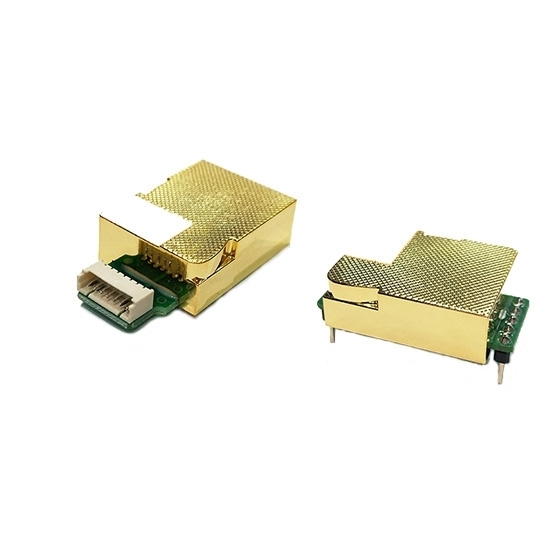Carbon Dioxide Sensor Application in Automobile
Carbon dioxide is the most ideal benchmark for measuring the air quality in the car. It is more sensitive than other air quality indicators. Whether it is different seasons or different times of the same day, the carbon dioxide content shows obvious changes. Therefore, it is very necessary to use carbon dioxide sensor to measure CO2 concentration.
The average adult breathes 7 or 8 liters of air per minute at rest. About 20% of the inhaled air is oxygen, and the exhaled air contains 15% of oxygen, so about 5% of the oxygen in the air is consumed per minute and converted into carbon dioxide.
Let's look at a set of data:
In a completely enclosed car, assuming an initial carbon dioxide concentration of 400 ppm, it takes only about half an hour to an hour to rise to a severe drowsiness level (3000 ppm) to a severe dangerous level (5000 ppm).
Through rough measurement, when the vehicle speed reaches 120km/h for about 40 minutes, the carbon dioxide concentration in the car will reach 1700ppm. When there are many people in the car, the concentration value will be even higher.
And when the carbon dioxide concentration in the air reaches 2000PPM (2%), it will cause fatigue. When it exceeds 5000PPM (5%), it will cause serious confusion in human body functions, causing people to lose consciousness and become unconscious.
Since there is no fresh air injection in the internal circulation state, the carbon dioxide concentration in the car increases for a long time, which will easily lead to hypoxia in the car, causing the driver to feel chest tightness and dizziness. Therefore, the internal circulation is usually set for a certain holding time. Automatically switch back to the outer loop state.
As people pay more attention to indoor air quality, more and more attention is paid to the concentration of carbon dioxide in the car and the concentration of organic gases. Many automobile manufacturers are also working hard to improve the in-car environment when driving.
The ATO.com provides different types of carbon dioxide sensors, which use the principle of non-dispersive infrared (NDIR) to detect CO2 in the air. They have good selectivity and no oxygen dependence, and are widely used in automobiles, buses, smart home appliances and other fields.
The advancement of technology has also allowed more and more sensors to be applied to automobiles, and there are targeted solutions for risks such as battery leakage of new energy vehicles, gas leakage of gas vehicles, and monitoring of drinking and driving in shared vehicles, so as to ensure vehicle safety. Provide reliable and powerful support for operation and safety of occupants.


